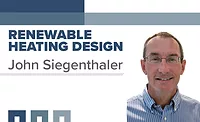Renewable Heating Design | John Siegenthaler
How to extract more heat from a thermal storage tank
Higher yields.
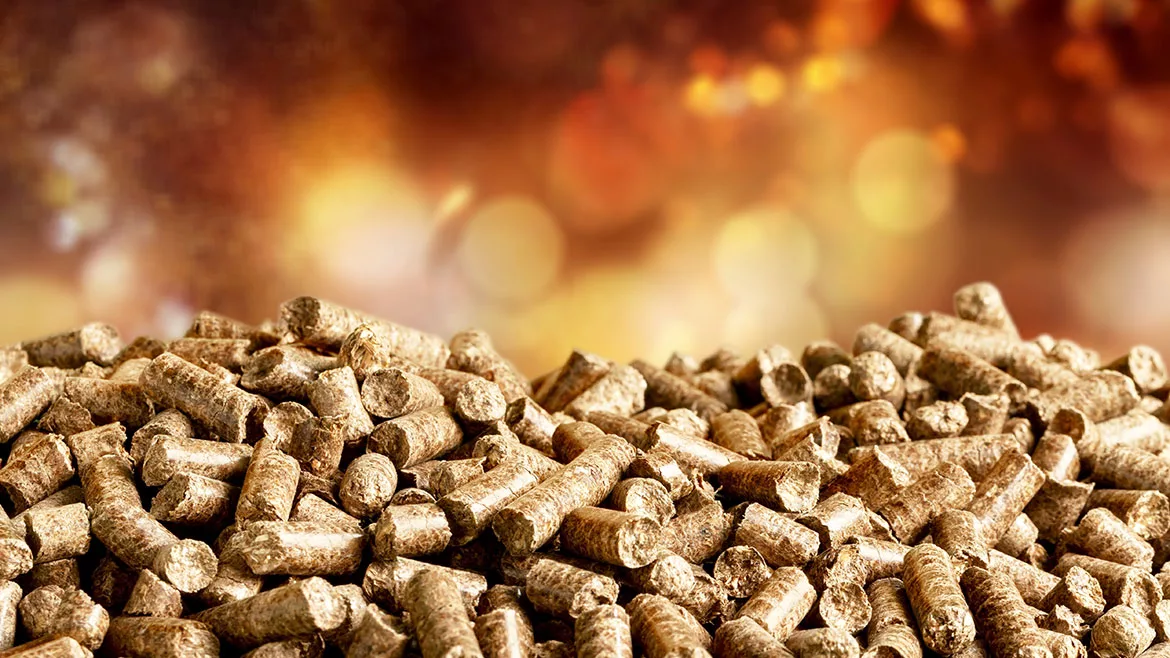
Image Source: artisteer / iStock / Getty Images Plus
Many thermally-based renewable energy sources, such as pellet-fired boilers, cordwood gasification boilers, or solar thermal collectors require significant amounts of thermal storage to reach their full performance potential.
Thermal energy storage is also destined to play an increasingly important role in combination with time of use electrical rates. The concept is simple, pull electrical energy through the meter during the lowest cost “off-peak” periods and store that energy for future heating. Both electric resistance heating elements and hydronic heat pumps capable of reaching higher temperatures can be used as the source equipment in these systems.
Some systems using renewable heat sources, or electrical resistance heat sources also incorporate an auxiliary boiler for back up and supplemental heating. If any of these heat sources are incapable of maintaining the thermal storage tank at a suitable temperature to meet the heating load, the boiler becomes the sole heat source.
Figure 1 shows an example of a system in which a pellet-fuel boilers supplies the thermal storage tank.
FIGURE 1

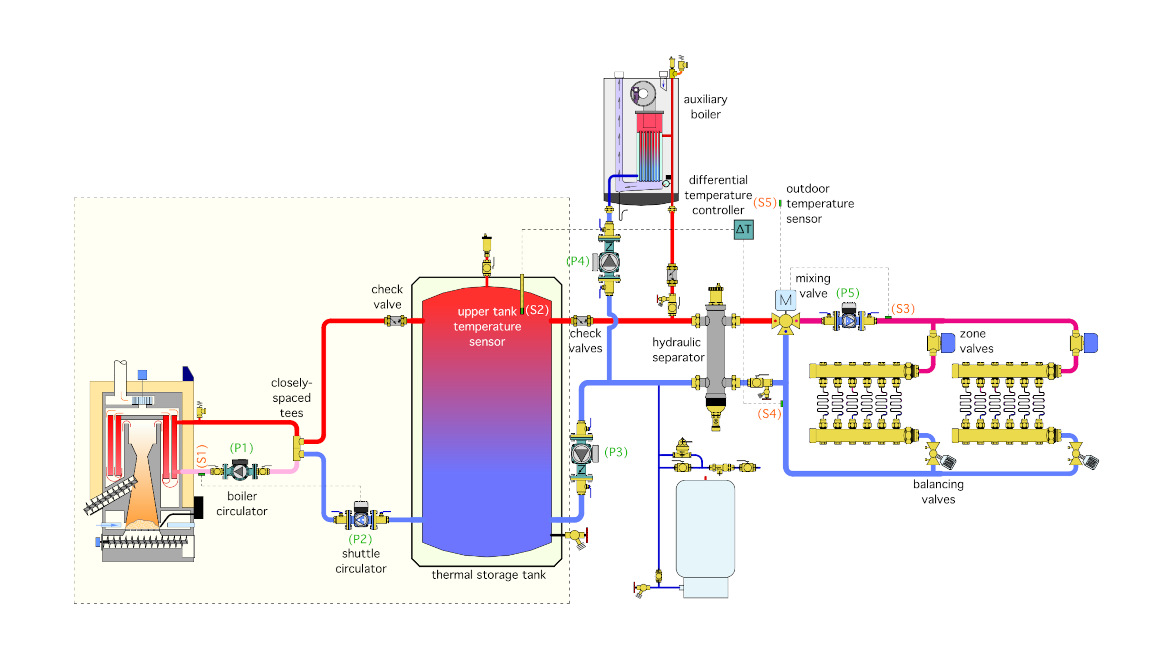
Notice that the pellet-fueled boiler is not piped directly to the thermal storage tank. Instead, it’s piped into a short loop with a fixed-speed circulator. This configuration maintains a constant flow rate through the boiler whenever it is operating, which reduces thermal stresses.
A variable-speed “shuttle” circulator (P2) is piped between the boiler loop and thermal storage tank. This circulator, or an external controller operating this circulator, measures the inlet water temperature to the boiler whenever it is operating. The speed of the shuttle circulator adjusts so that the boiler's inlet temperature remains above 130° F whenever possible, which helps prevent sustained flue gas condensation. This “anti-condensation” protection is essential for any type of biomass boiler.
Think of the pellet boiler combined with its storage tank and the piping linking them together as a single entity, and one of the heat sources for the distribution system. It has a circulator (P3) that operates whenever heat is being transferred from thermal storage to the hydraulic separator, and onward to the heat emitters.
Likewise, the auxiliary boiler has a circulator (P4) that operates whenever it’s supplying heat to the load.
There’s a check valve at the storage tank outlet and the auxiliary boiler outlet. These valves prevent reverse flow when only one heat source is active. The check valve on the tank outlet should be spring-loaded so that it can also prevent forward thermosiphoning through the hydraulic separator and back to the lower tank connection when the load is off.
The hydraulic separator isolates circulators (P3) and (P4) from the variable speed distribution circulator (P5). It also isolates these circulators from the boiler circulator and shuttle circulator, and provides air, dirt and magnetic particle separation for the system.
A 3-way motorized mixing valve reduces the water temperature supplied to the distribution system based on outdoor reset control. Figure 2 shows a typical outdoor reset schedule for a bare heated concrete slab that requires a supply water temperature of 105° F at and outdoor temperature of -10° F.
FIGURE 2

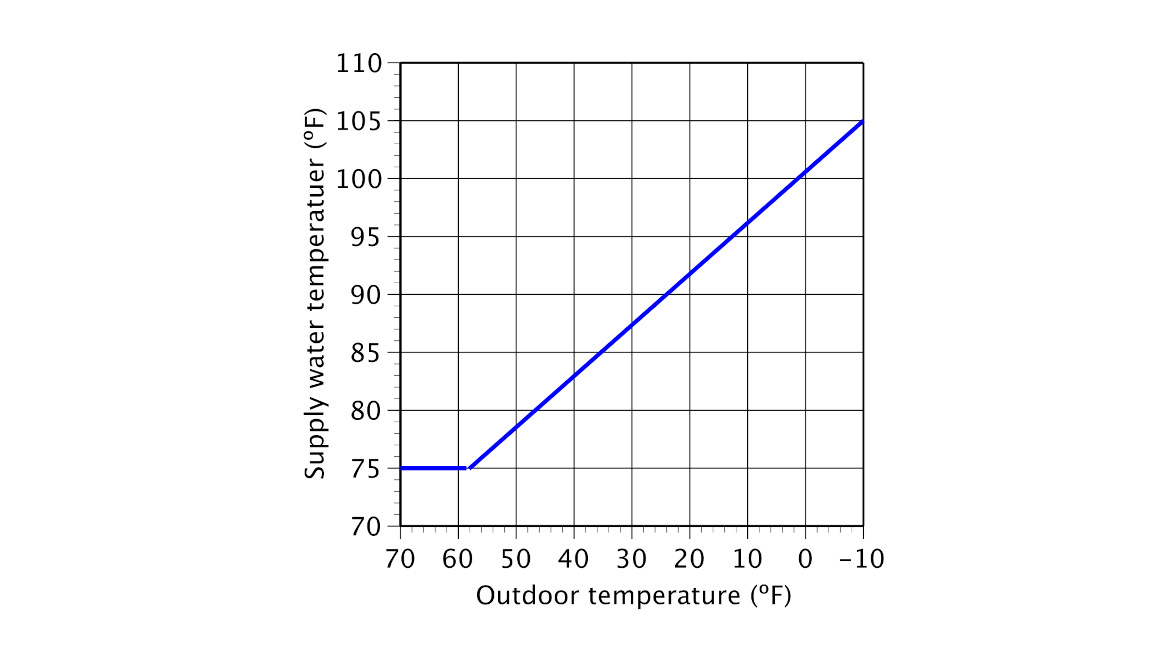
Wakeup call
Upon a demand for space heating from either zone, an outdoor reset controller, or its equivalent BAS logic, is enabled. It measures the temperature at the top of the storage tank at sensor (S2), and compares it to a calculated “target” supply water temperature based on the reset line, such as the one shown in Figure 2. If this controller determines that the tank is sufficiently warm, the storage tank circulator (P3) operates to deliver heated water to the hydraulic separator. If the storage temperature is too low to supply the load, the auxiliary boiler is turned on along with circulator (P4). In the latter case, circulator (P3) is turned off to prevent heat generated by the auxiliary boiler from being inadvertently routed into the storage tank.
The graph in Figure 3 shows the logic used by the outdoor reset control function to determine which heat source supplies the load.
FIGURE 3: Vertical earth loop.

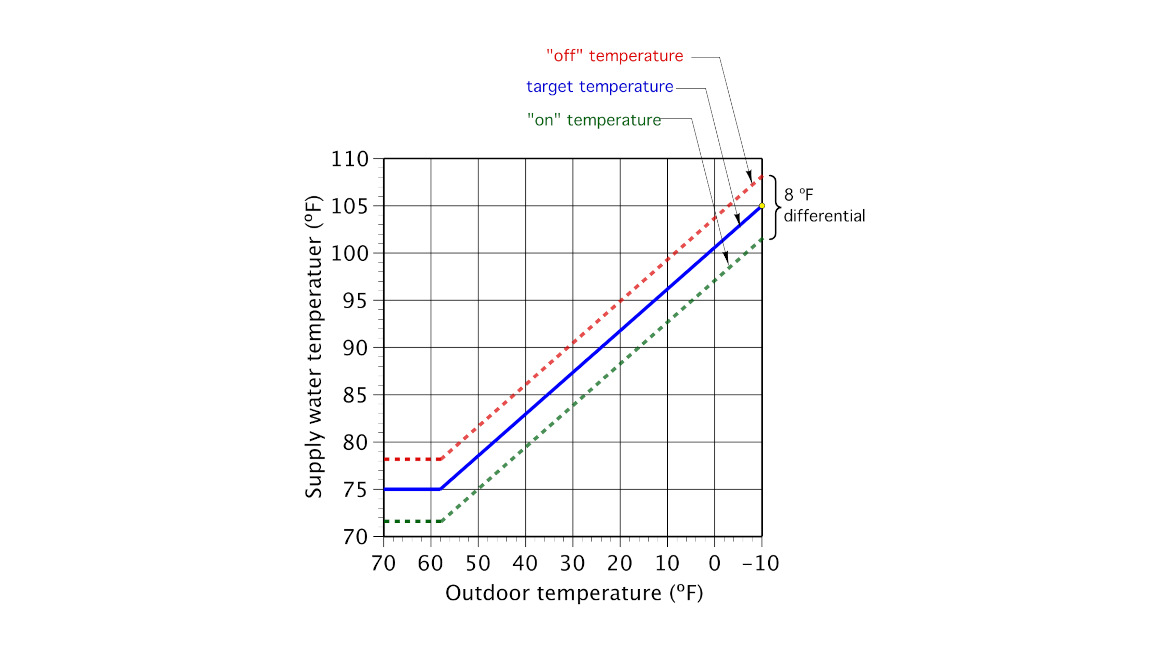
As shown in Figure 3, the outdoor reset control function has been configured for a target supply water temperature of 105° F when the corresponding outdoor temperature is -10° F. It also targets a minimum supply water temperature of 75° F, whenever there’s a heating demand and the outdoor temperature is at or above 57° F.
The “on/off” control output of the outdoor reset controller requires a differential to prevent short cycling. This differential is represented by the two dashed lines. The lower dashed line shows the temperature at which the auxiliary boiler is turned on, assuming there is a heating demand. In Figure 3, this “auxiliary boiler on” temperature is 4° F below the target supply water temperature.
The upper dashed line shows where the auxiliary boiler is turned off, and assuming that the heating demand remains active. In this case, the “auxiliary boiler off” temperature is 4° F above the target supply water temperature.
What happens when the upper tank sensor (S2) temperature is between the dashed lines depends on the “direction” of temperature change. If there’s a demand for heat and the tank is supplying the load, it will continue to do so until the tank temperature drops to the lower dashed line. If there’s a demand for heat and the auxiliary boiler is supplying the load, it will continue to do so until the tank temperature rises to the upper dashed line, or the load is satisfied.
Grabbing more heat
One limitation of this basic “either A or B” control concept is that there is no operating mode where both the storage tank and auxiliary boiler can supply heat to the load.
Consider the situation where the temperature at the top of the storage tank is slightly lower than the lower limit established by the outdoor reset controller, but still warmer than the return temperature from the distribution system. Under these conditions, the tank could still contribute some heat to the load. The balance of the heat input would be supplied by the auxiliary boiler.
The addition of a differential temperature control function, either as a separate controller or programmed into a BAS, allows the storage tank to continue contributing heat to the load to a lower temperature.
The differential temperature comparison would be between the upper tank sensor (S2) and sensor (S4) measuring the water temperature returning from the distribution system. The control logic for the differential temperature function would be as follows:
If heat demand = ON,
AND (S2) ≤ Ttarget-DIFF/2,
AND (S2) ≥ (S4) + 2 ºF
THEN circulator (P3)=ON, auxiliary boiler = enabled, circulator (P4) = ON
IF heat demand = ON,
AND (S2) ≤ Ttarget-DIFF/2,
AND (S2) ≤ (S4)+1ºF
THEN circulator (P3) = OFF, boiler = enabled, circulator (P4) = ON
The parameter DIFF in the above logic refers to the differential between the “ON” and “OFF” lines that parallel the target temperature line in Figure 3. In Figure 3, the DIFF would be 8° F.
The greater the storage tank volume, the more heat this strategy can release. For example, lowering 500 gallons of water by an additional 10° F implies a release of almost 42,000 additional Btu from the tank. Smaller tanks would contribute proportionally smaller amounts of heat, and thus provide less justification for the additional controls.
In addition to storing more heat during each charge / discharge cycle, lowering the lower limit temperature allows heat sources such as heat pumps and solar thermal collectors to operate at higher efficiency when the next charging cycle begins.
If you implement this strategy, be sure of two things:
- That the differential temperature control function and it sensors are capable of consistently reacting to a temperature difference as low as 1° F; and
- That the temperature sensors for the differential temperature controller are mounted in identical manners.
Ideally, both sensors would be mounted in identical sensor wells, immersed in the system water, and with ample coatings of thermal grease. If mounted to the surface of copper tubing, be sure the sensor surface makes good contact, is well secured, and is fully wrapped with insulation. Remember, you’re asking the differential temperature control function to detect differences as low as 1° F. That’s about 1/3 the temperature difference you can detect with your own fingers.
If you cannot ensure this level of sensitivity for the differential temperature controller or the identical sensor mounting, consider widening the differential temperature settings on the differential temperature control function. For example, it could be set to only allow the storage tank to stay online as long as the difference (S2)-(S4) ≥ 4° F.
Storage tanks are an essential element in systems using renewable energy heat sources, as well as heating applications that leverage time-of-use electrical rates. However, they are expensive and can present challenging installation logistics. It surely makes sense to maximize their energy yield.
Looking for a reprint of this article?
From high-res PDFs to custom plaques, order your copy today!





